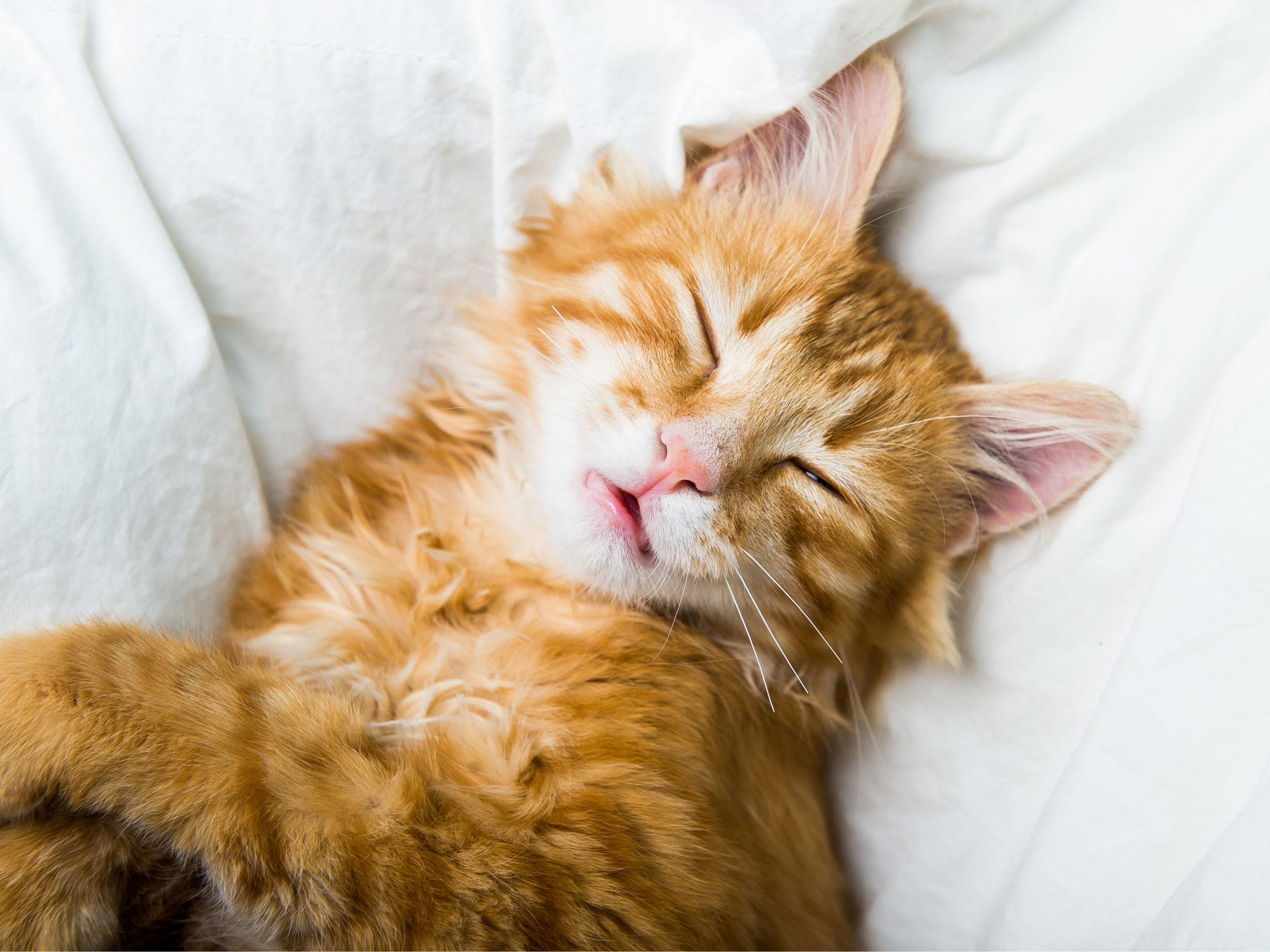Feline leukemia is a cancerous disease caused by feline leukemia virus (FeLV). FeLV causes diseases other than leukemia including other cancers and immunodeficiency. Cats may not start to show signs of disease for months or years after being infected with FeLV. Infection with FeLV is a major cause of illness and death in domestic cats. Feline leukemia virus (FeLV) is contagious among cats. Unlike many other viruses that enter specific cells in the body and destroy them, FeLV enters certain cells in a cat’s body and changes the cells’ genetic characteristics. This permits FeLV to continue reproducing within the cat each time infected cells divide. This allows FeLV to become dormant (inactive) in some cats, making disease transmission and prognosis (outlook) difficult to predict.
Symptoms
-
Loss of appetite
-
Slow but progressive weight loss, followed by severe wasting late in the disease process
-
Poor coat condition
-
Enlarged lymph nodes
-
Persistent fever
-
Pale gums and other mucus membranes
-
Inflammation of the gums (gingivitis) and mouth (stomatitis)
-
Infections of the skin, urinary bladder, and upper respiratory tract
-
Persistent diarrhea
-
Seizures, behavior changes, and other neurological disorders
-
A variety of eye conditions
-
In unspayed female cats, abortion of kittens or other reproductive failures

Diagnosis
FeLV blood test can be done at the clinic and results will be available in 10 mins.
Treatment/ Prevention
Most vaccines in the market now are able to protect the cats against FeLV infection; however protection is questionable. Since cats who roam are more likely to sustain cat bites, cats should be kept inside, or supervised when outside and not be allowed to roam.
